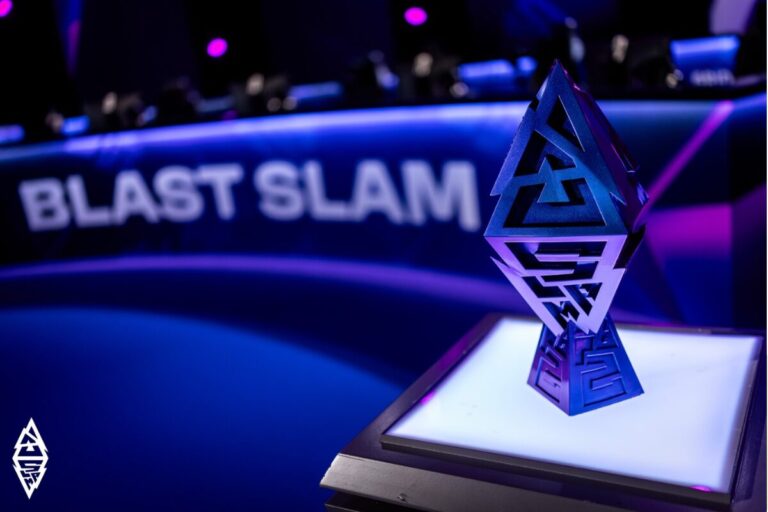
Dota 2 YouTube Hack – On October 15, 2025, the official Dota 2 YouTube channel suddenly went live with a stream titled “Dota 2 Launch Official Meme Coin | Hurry Up.” Fans expecting gameplay or tournament updates were instead greeted with a crypto scam.
The livestream used Valve-style graphics, overlays, and professional production quality. Even the title and description were designed to appear authentic, linking to Pump.fun, a Solana-based platform where the meme coin dota2coin had been created hours earlier.
Within an hour, the PGL channel was also hijacked with the same stream, followed by other esports channels like ESL, BLAST Counter-Strike, and Mobile Legends MPL Indonesia. The attack exploited trust in verified channels, showing how quickly a professional-looking scam can spread in esports.
Step-by-Step Breakdown of the Scam – Dota 2 YouTube Hack
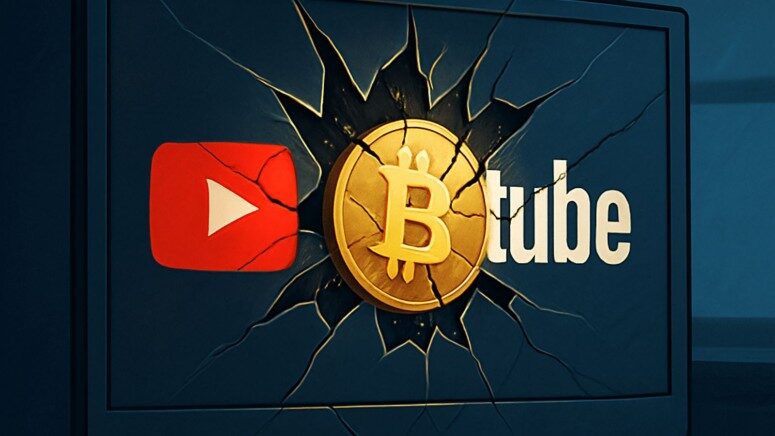
The Dota 2 hack followed a clear sequence, illustrating how attackers leveraged credibility:
- Phishing Setup: Staff likely received fake emails posing as sponsorship offers. Clicking links gave attackers session tokens, bypassing two-factor authentication (2FA).
- Livestream Launch: Dota 2 went live at 10:45 PM (GMT+8), with PGL following shortly after.
- Pump-and-Dump: The Solana token dota2coin spiked in value, then collapsed when a single wallet controlling 98% sold off.
Timeline of the Attack:
| Time (GMT+8) | Event |
|---|---|
| 10:45 PM | Dota 2 livestream begins |
| 11:30 PM | PGL channel hijacked |
| 12:00 AM | Community alerts fans on Reddit and X |
| 2:00 AM | YouTube removes fake streams |
| 8:00 AM | Channels restored |
This illustrates how quickly crypto scams can gain traction on trusted esports platforms.
Why the Scam Appeared Authentic – Dota 2 YouTube Hack
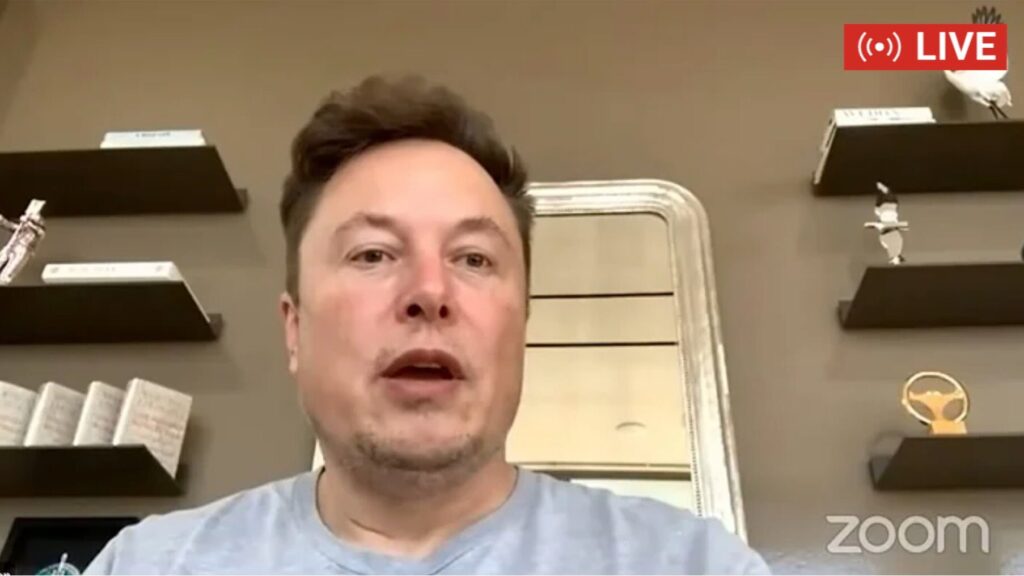
The livestream used visual and social tactics to appear trustworthy:
- Brand Authority: Valve and PGL logos reinforced credibility.
- Urgency Messaging: “Buy now before it ends” banners pressured viewers.
- Cross-Channel Validation: Multiple channels streaming identical content added a layer of trust.
The chat was filled with automated messages like “This is huge!”, mimicking fan excitement. Similar strategies have been used in past YouTube scams, including fake Elon Musk crypto giveaways, where official-looking content tricked users into sending crypto.
The combination of authority, urgency, and social proof made it hard for viewers to immediately recognize the scam.
How Hackers Gained Control – Dota 2 YouTube Hack
Experts believe the breach involved phishing and session hijacking:
- Fake Sponsorship Emails: Targeted staff or channel managers.
- Session Token Theft: Clicking links gave attackers direct login access.
- 2FA Bypass: Tokens allowed login without codes.
- Livestream Upload: Pre-recorded content was set to “Premiere” to appear live.
Evidence suggests a coordinated attack: multiple channels were hijacked within an hour, metadata and titles were identical, and blockchain data showed synchronized wallet activity. A YouTube playback outage that same night may also have been linked to the breach.
This demonstrates how technical skill combined with social engineering can effectively compromise even high-profile esports channels.
Community and Industry Reactions
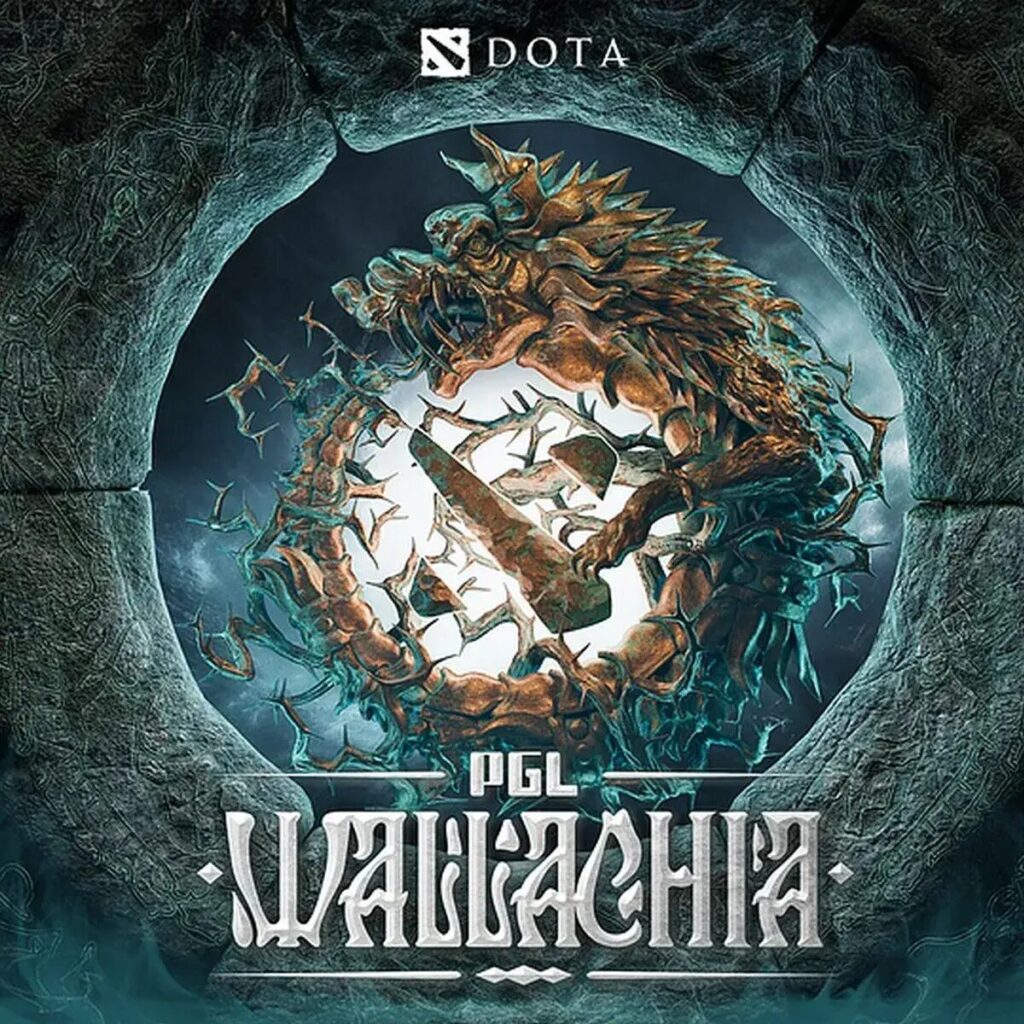
Fans and the esports community responded quickly:
- Reddit moderators pinned warnings in r/DotA2.
- Influencers like Brad Lynch shared alerts on X.
- Fans reported the livestreams to YouTube, prompting removal within hours.
YouTube restored both channels by the next morning, but Valve and PGL remained silent, frustrating fans. Analysts note that lack of communication after such breaches can harm trust.
Industry reactions highlighted lessons for esports security:
- Cybersecurity Analysts: Pointed out a rise in YouTube hijackings linked to crypto since 2020.
- Solana Educators: Stressed that Pump.fun is legitimate but often misused for scams.
- Gaming Security Advocates: Recommended hardware-based authentication and regular audits.
A viral fan phrase summed up the sentiment: “Verify before you vibe.” It reflects the importance of checking sources before trusting livestreams, even from official channels.
Lessons Learned and Future Precautions
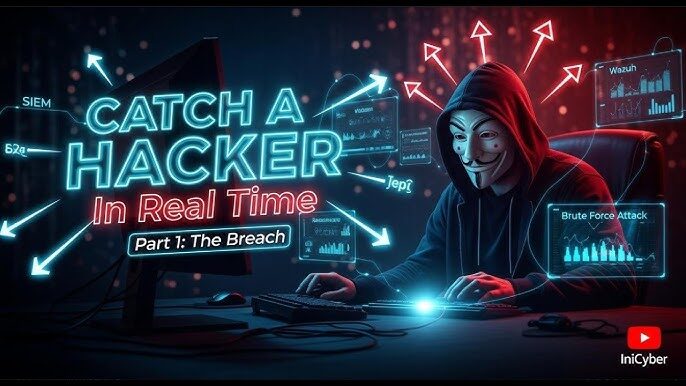
The Dota 2 YouTube hack highlights critical takeaways for both platforms and viewers:
- Verified channels aren’t immune to phishing or social engineering.
- Staff must be trained to recognize fraudulent emails.
- Admin access should be limited and hardware security keys used.
- Fans should avoid unverified links and report suspicious streams.
Platforms like YouTube need real-time breach detection to flag unusual activity immediately. Esports organizations must implement routine audits, security drills, and clear incident response protocols.
As esports and crypto increasingly intersect, scams may grow more sophisticated. Protecting audiences requires both platform safeguards and informed viewers.
Closing Thought:
The Dota 2 YouTube hack shows that esports is no longer just about gameplay—it’s about digital trust. Securing channels, training staff, and educating fans are now as important as tournaments and prize pools.

